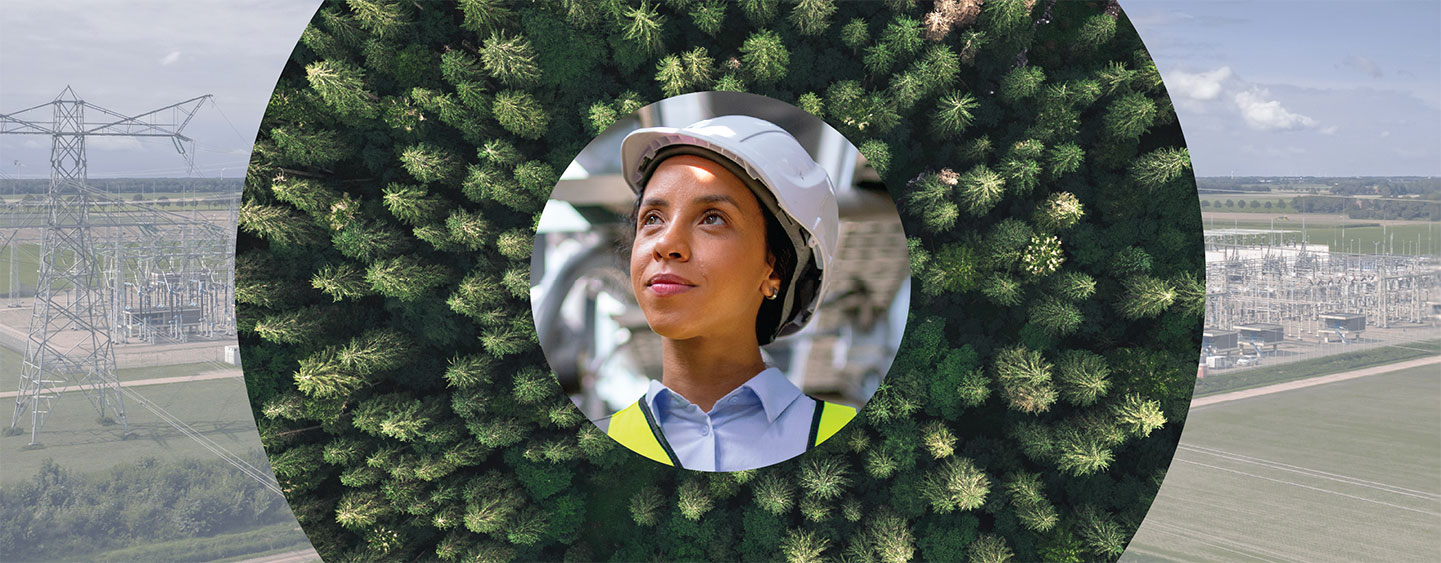-
Aging equipment that requires extensive maintenance and frequent repairs
-
Operational bottlenecks from limited real-time visibility and manual systems
-
Technical fragmentation that creates integration challenges and security vulnerabilities
-
Dramatic equipment reductions: ~80% reduction in copper wiring and ~50% reduction in switchyard space requirements
-
Substantial cost advantages: ~10-15% reduction in overall project costs and up to 15% savings in life cycle expenses
-
Immediate operational efficiencies: Up to 50% decrease in installation time and streamlined design processes
-
Smart substation control and protection devices provide real-time automation and protection and control capabilities.
-
Process bus architecture eliminates complex wiring with digital communication
-
IEC 61850 protocol ensures interoperability across multiple vendors for a more adaptable, future-ready grid
